2025
Comparably’s Best Company Outlook
* Providing engineering services in these locations through SWCA Environmental Consulting & Engineering, Inc., an affiliate of SWCA.

From the experts we hire, to the clients we partner with, our greatest opportunity for success lies in our ability to bring the best team together for every project.
That’s why:
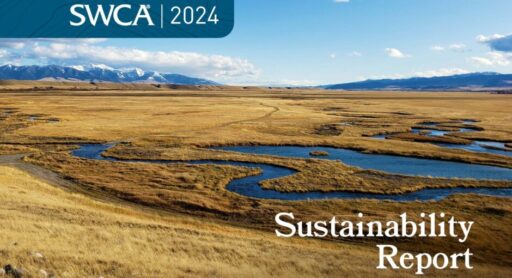
At SWCA, sustainability means balancing humanity’s social, economic, and environmental needs to provide a healthy planet for future generations.
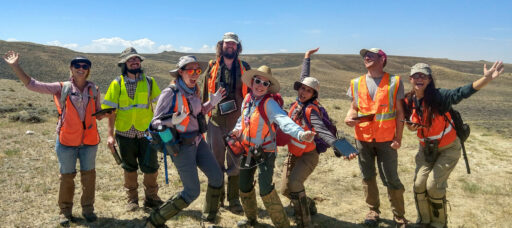
SWCA employs smart, talented, problem-solvers dedicated to our purpose of preserving natural and cultural resources for tomorrow while enabling projects that benefit people today.

At SWCA, you’re not just an employee. You’re an owner. Everyone you work with has a stake in your success, so your hard work pays off – for the clients, for the company, and for your retirement goals.
Integrating Ecological Restoration Methods Into Abandoned and Closed Mine Reclamation
Undertaking mine reclamation and restoration of abandoned mine lands, especially in the terrains where abandoned mines are typically located, presents many challenges.
Andrew has more than 35 years of experience delivering environmental solutions to resource and industrial clientele. With a background in geochemistry, soil science, plant nutrition, and agronomy, Andrew integrates innovative solutions to reduce costs and improve efficiencies throughout the mine life cycle. Recent mining work includes geochemical evaluation and waste rock characterizations; supporting permit and license applications for proposed mining, ore processing and smelting operations; and supporting mining companies with water quality issues, including overburden characterization and land application of treated water. Andrew combines extensive field experience and academic research to evaluate new soil amendments and fertilizers aimed at improving reclamation of severely disturbed soils resulting from resource extraction.


As the current administration prioritizes addressing the legacy of unsafe and environmentally harmful abandoned mining sites, mining reclamation projects are on the rise. In this piece, I’ll explore taking an ecological restoration response to reclaiming abandoned mine lands (AML) that supports traditional engineering solutions, integrating nature-based solutions into the world of mining reclamation. While the focus is on abandoned mine lands, we can use the same approaches for the closure of operational mines.
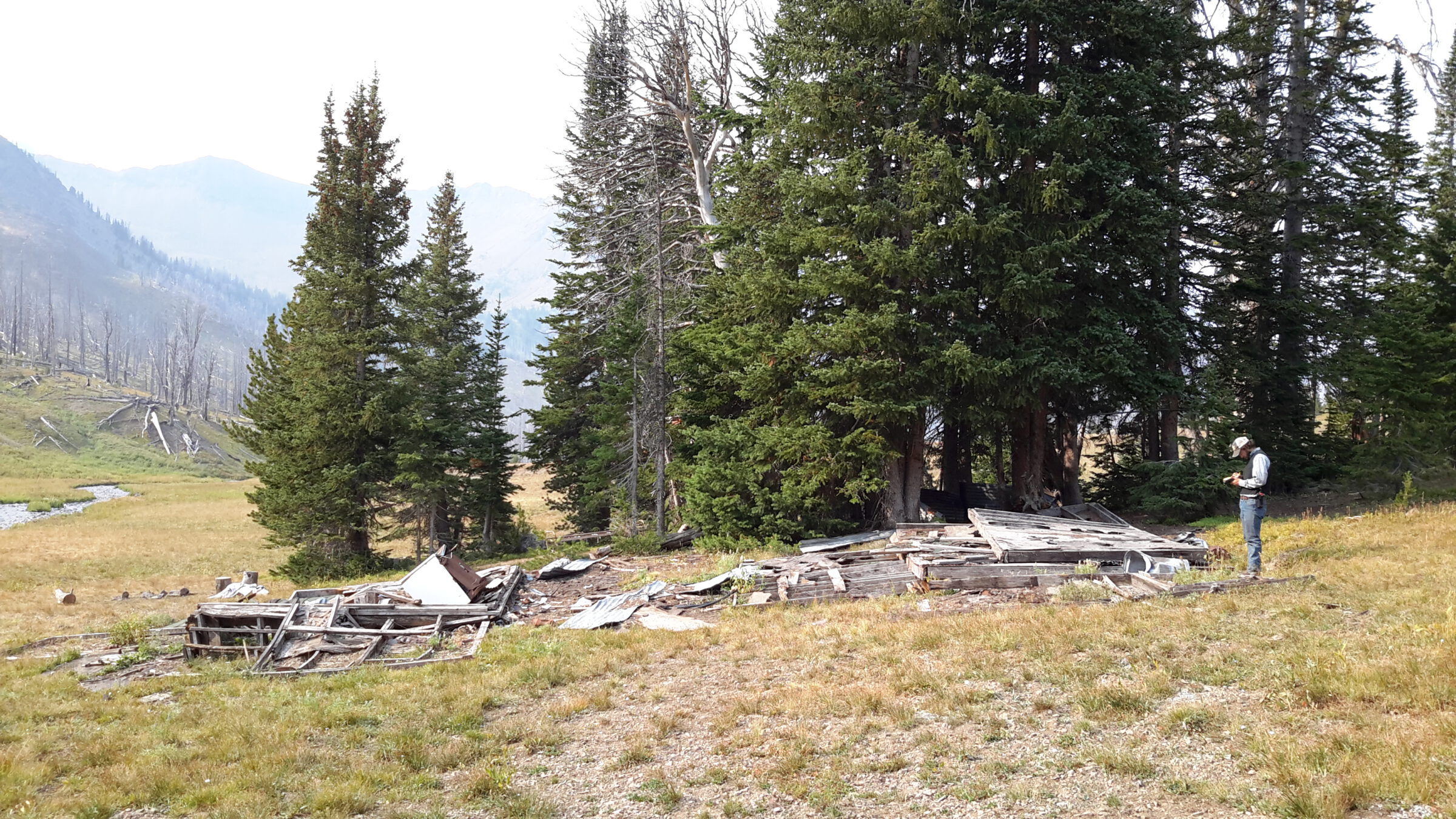
An archaeologist conducting a cultural resource survey for an abandoned mine reclamation project in the Absaroka Mountain Range in Park County, Wyoming.

Daisys growing on railroad tracks from a Mining permitting project in North Carolina.
Undertaking mine reclamation and restoration of abandoned mine lands, especially in the terrains where abandoned mines are typically located, presents many challenges. These challenges stem from environmental, technical, legal, and financial domains, each contributing to the complexity of restoration efforts.
Even decades after mining activities cease, the risks associated with abandoned mines persist as people develop or access these often-remote areas for recreation. Places popular for mine development, such as the western United States or eastern coal mining states, are also often home to diverse ecosystems that are highly sensitive to disturbances. Mine reclamation efforts must carefully balance restoration with the preservation of existing flora and fauna. Many abandoned mines leach heavy metals and produce acid mine drainage, impacting waterways and affecting downstream aquatic life and drinking water quality. The physical disturbances from mining activities often leave landscapes prone to erosion and landslides. Restoring soil stability and fertility is a significant challenge, especially on steep slopes. The high altitude and variable climate of abandoned mine locations can also present challenges by limiting the window for reclamation work and the selection of plant species for revegetation.
A major challenge in the rehabilitation of mine land is the re-establishment of self-sustaining vegetative cover. While site stabilization and waste material management through chemical amendments form the basis of reclamation strategies, there is an increasing focus on the replacement of ecosystems representative of the pre-mined state. Ecological restoration techniques are key to supporting this ecosystem development and advancing abandoned mine reclamation.
We can address these environmental challenges in many ways:
Restoring soil structure and function is crucial to the long-term resiliency of restoration sites through improved nutrient cycling and water retention. Techniques like bioengineering, which uses plant materials to stabilize soils, and the addition of organic matter to improve fertility, can help prevent erosion and promote the establishment of vegetation. Increased microbial biodiversity results in stable soil aggregation and improved soil structure through the production of substances that bind soil particles.
The use of site-specific amendments to address pH, electrical conductivity, and metal conditions can help improve soil stability. Amendments have included lime, biochar, and compost to manage chemical conditions and nutritional availability, and microbial inoculants to improve soil health, including soil structure, nutrient cycling, and carbon sequestration.
Phytostabilization techniques are used to reduce inputs and associated costs with soil amendments while improving long-term resiliency. Additional techniques employed effectively on these sites include rough and loose soil configurations and the application of large woody debris for species diversity establishment, which also provides simple, inexpensive erosion control. Creating diverse conditions in the physical environment can help produce a diverse plant community, resulting in an increase in the productivity of the site.
We can adopt the following approaches to restore soil structure and fertility:
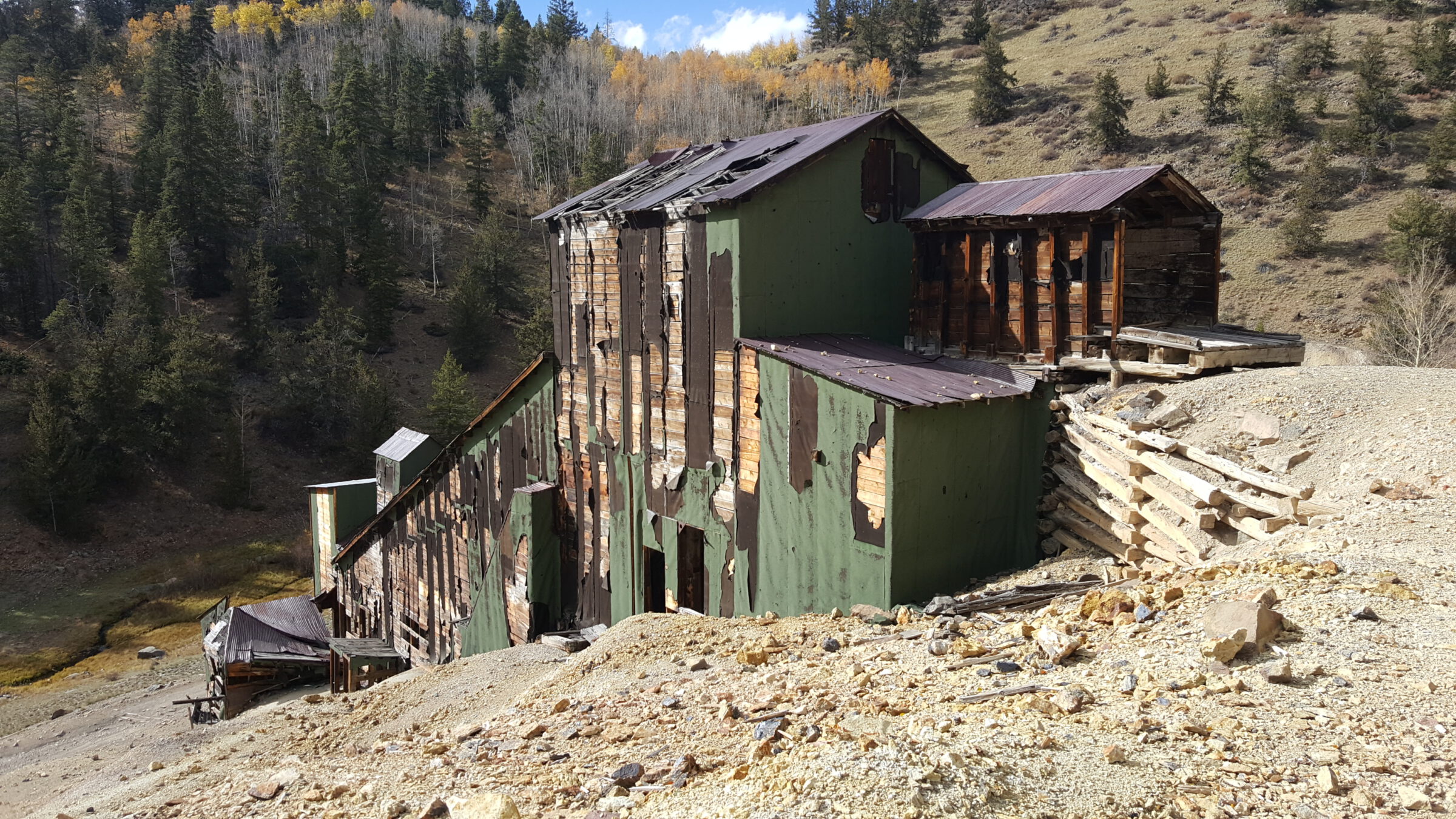
One of various abandoned mine sites in Wyoming that is scheduled for reclamation by the Wyoming Department of Environmental Quality’s abandoned Mine Land Division.
Innovative and collaborative approaches that blend technology, ecology, and engineering are the key to successful mine closure, offering enduring solutions for long-term environmental sustainability, compliance with regulatory requirements, and enhancement of natural habitats. The following ecological restoration methods consider long-term durability, including discouraging vandalism, and offer nature-based alternatives to traditional methods such as fencing or concrete sealing.
*A mine adit is a horizontal passage leading into a mine for the purposes of access or drainage.
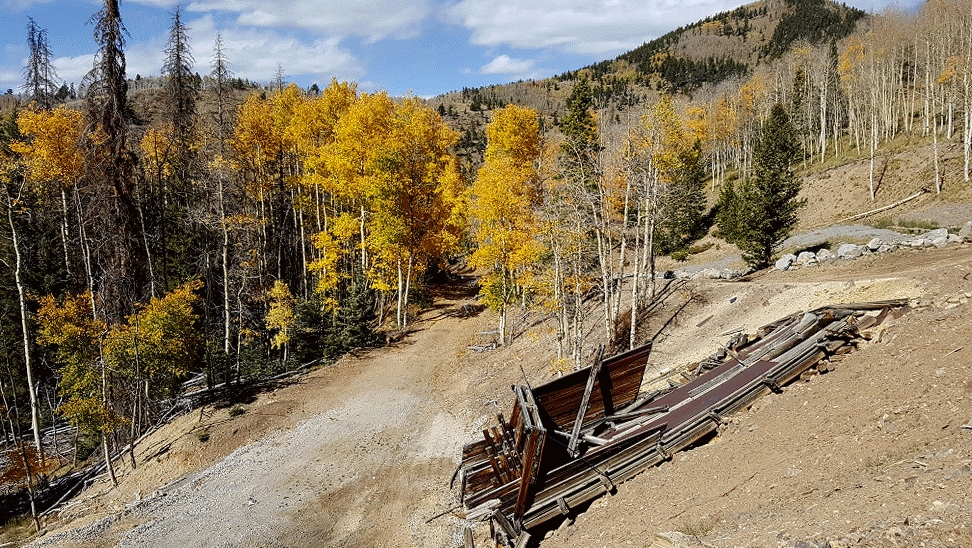
Another abandoned mine site in Wyoming scheduled for reclamation by the Wyoming Department of Environmental Quality’s abandoned Mine Land Division.
Over the past 40 years, SWCA has provided high-quality environmental consulting services and has established a strong local presence for mining reclamation projects across the country. SWCA is an established leader in ecological restoration, using multidisciplinary teams to complete complex projects. Our experience includes restoring and monitoring highly disturbed landscapes, providing wetland and stream mitigation solutions for regulatory-driven impacts, guiding habitat management plans to protect threatened species, and developing sustainable soil and vegetation management for habitat improvement and site stabilization.
Our clients benefit from a seamless integration of diverse services that simplifies decision-making, reduces the complexities of managing multiple partners, and fosters a comprehensive approach to finding proven solutions anchored in sound science that enables project partners to make informed decisions on critical matter. Learn more about SWCA’s mining services.